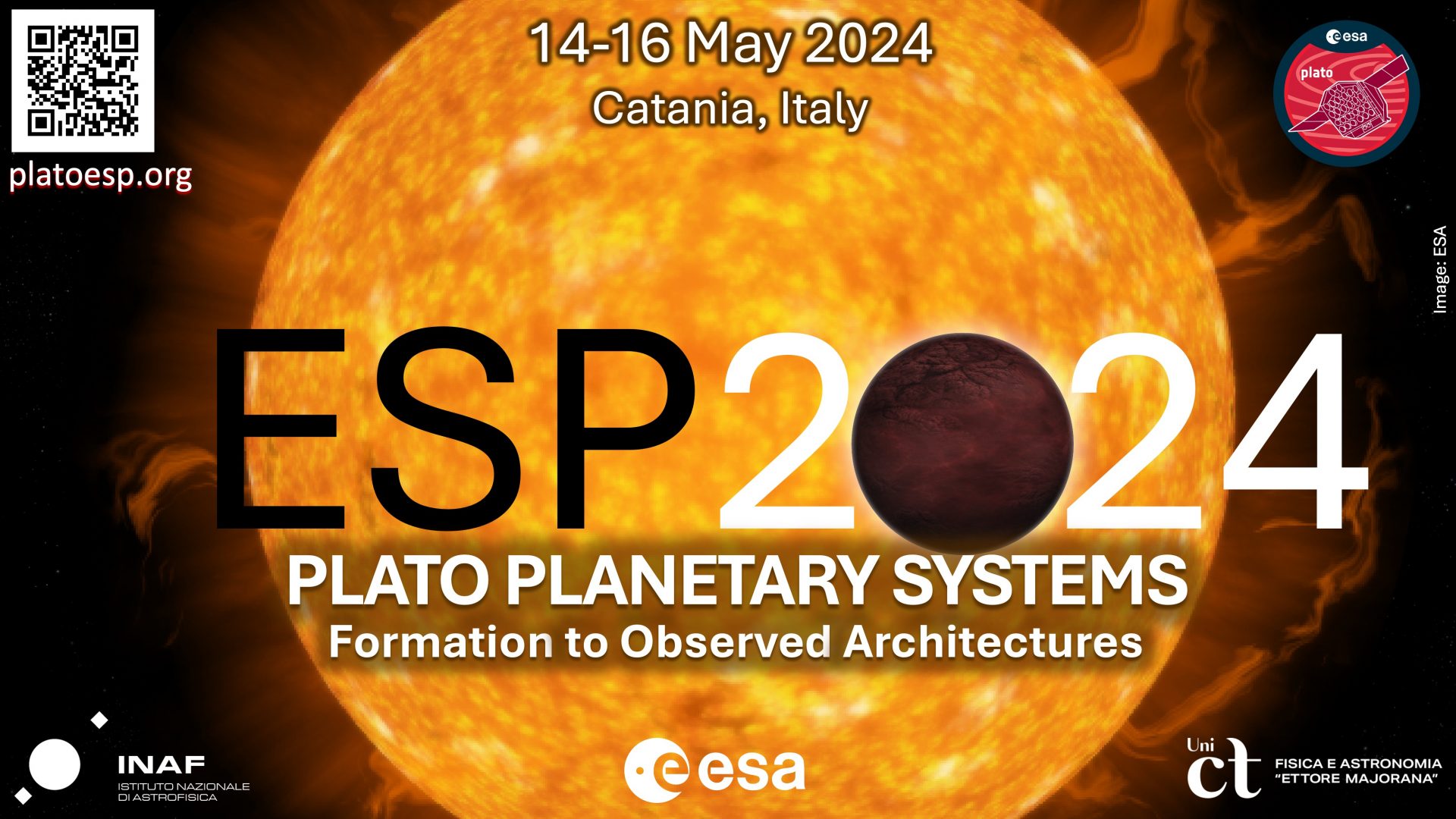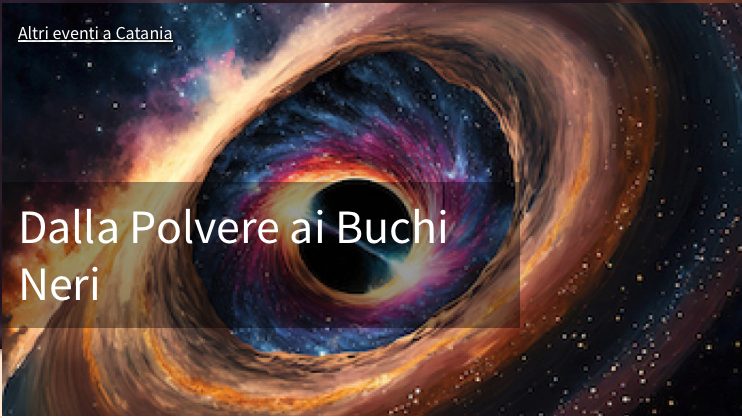Pint of Science 2024: La conquista dello spazio
Joyce Irish pub Via Montesano 46, CataniaPartendo dallo storico viaggio di Gagarin, si parlerà di come il genere umano ha conquistato lo spazio che ci circonda, delle prospettive future a breve e lungo termine e, per i pochi a quel punto ancora ragionevolmente sobri, delle ricadute sulla vita di tutti i giorni delle tecnologie spaziali.


